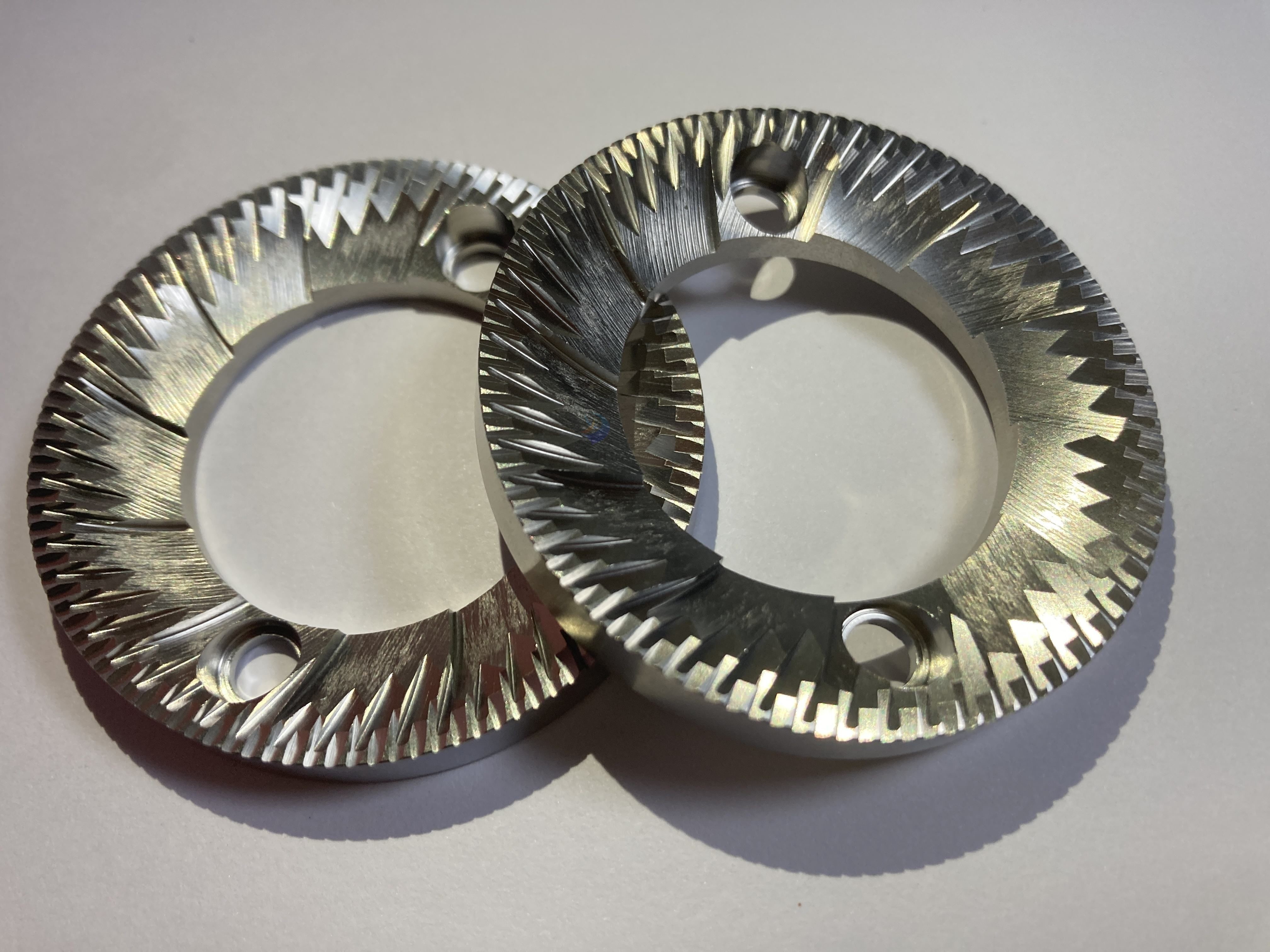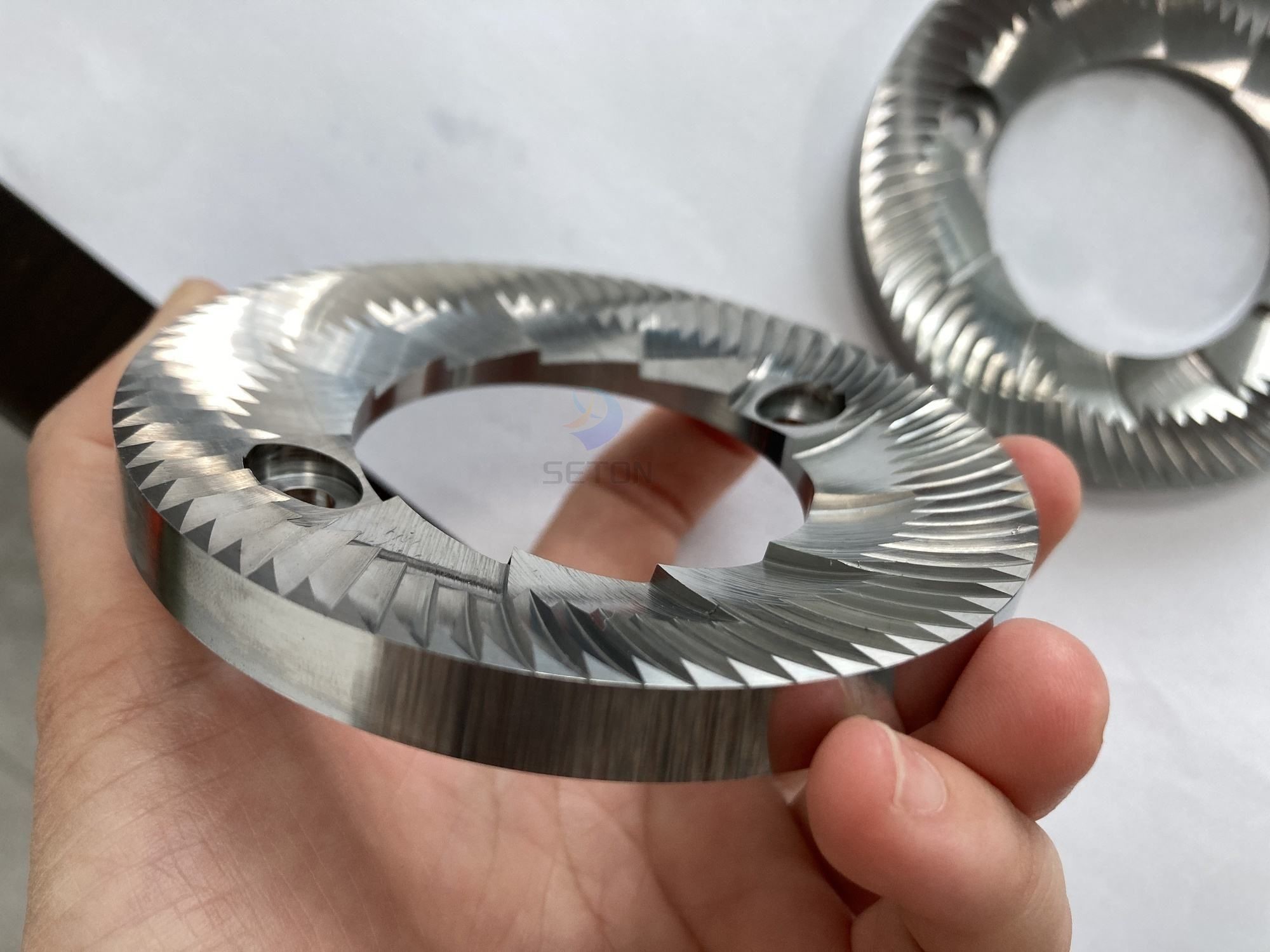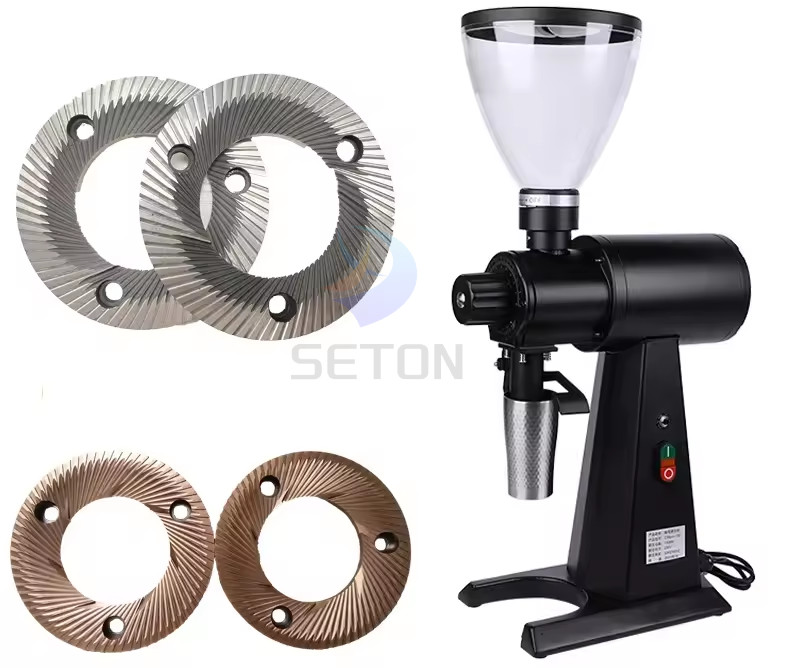| Sign In | Join Free | My frbiz.com |
|
| Sign In | Join Free | My frbiz.com |
|
| Categories | Coffee Grinder Blades |
|---|---|
| Brand Name: | Seton |
| Model Number: | Stainless Steel |
| Certification: | CE ISO |
| Place of Origin: | China |
| MOQ: | MOQ 10 Pieces |
| Price: | Can be discussed |
| Payment Terms: | L/C, D/A, D/P, T/T, Western Union, MoneyGram |
| Supply Ability: | 500 Piece/Pieces per Day |
| Delivery Time: | 30 days |
| Packaging Details: | 1pc/wrapper, 100pcs/box, 100boxes/ctn,Wooden and carbon boxes |
| Product Name: | Coffee Grinder Flat Burr Blade |
| Material: | Stainless Steel |
| OD: | 60.5mm |
| Center Hole: | 35.5mm |
| Thickness: | 7mm |
| Hardness: | HRC32-52 |
| Application: | For Coffee Grinding |
| Manual or electric: | Coffee Bean Milling Burr |
| Company Info. |
| Jiangsu Seton Industrial Technology Co,.Ltd |
| Verified Supplier |
| View Contact Details |
| Product List |
Stainless Steel Coffee Grinder Flat Burr Blade For Coffee Grinding
Description:
Coffee Blade Specifications:
| Product Name | Coffee Grinder Flat Burr Blade |
| Material | Stainless Steel |
| OD | 60.5mm |
| Center Hole | 35.5mm |
| Thickness | 7mm |
| Hardness | HRC32-52 |
| Application | For Coffee Grinding |
| Manual or electric | Coffee Bean Milling Burr |
Picture:


Applications:

Packing:


|